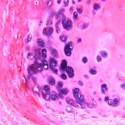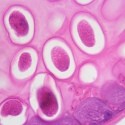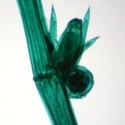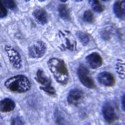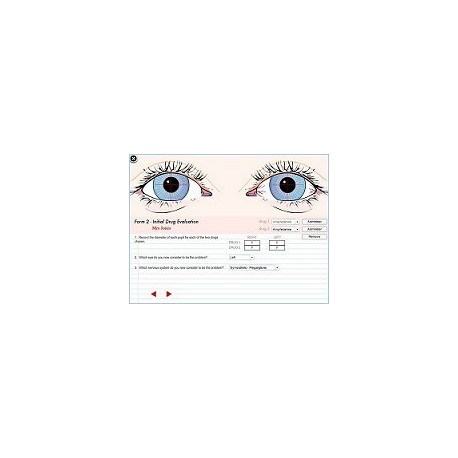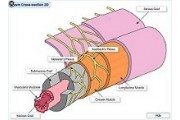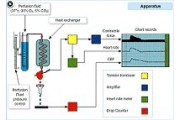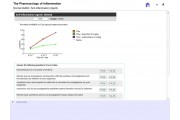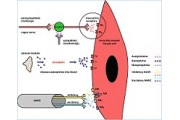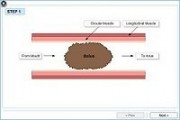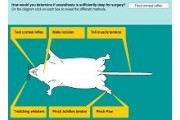No products
Prices are tax excluded
Autonomic Pharmacology
SB-32
A computer simulation of the effects of drugs on the human eye to teach autonomic pharmacology.
Available Next Business Day
By buying this product you can collect up to 52 loyalty points. Your cart will total 52 points that can be converted into a voucher of $7.80.
Volume discounts
| Quantity | Discount | You Save |
|---|---|---|
| 2 | 3% | Up to $31.52 |
| 3 | 5% | Up to $78.80 |


The price covers all students within a department (multi-user educational licence). Once payment has been received the software is supplied as a download. Online Previews before purchasing are available on request.
The ‘Tutorial’ section describes, using text and animated schematic graphics, the sympathetic and parasympathetic control of pupil diameter and how pupil diameter changes in response to a change in ambient light intensity.
The ‘Student Exercise’ section provides information on how to work through the investigation on a virtual patient using a ‘normal’ patient as an illustration. Thus students have the opportunity to investigate how the normal pupil will respond to a change in ambient light intensity, investigate the blink reflex and text the action of a number of pharmacological agents. They are encouraged to measure the pupil diameter (using an on-screen cross-hair cursor) at a range of light intensities and to observe, for each eye, the speed with which the pupil diameter changes. They can also investigate the action of a number of pharmacological agents applied topically to the eye (single dose, enough for a large, but not maximal, response in eyes that are responsive) and record their observations on an on-screen chart. The agents available (atropine, pilocarpine, physostigmine, phenylephrine, cocaine, and amphetamine) all affect neurotransmission at the postganglionic sympathetic and parasympathetic synapses and have little effect on ganglionic transmission. There is also a ‘washout’ facility which instantly removes the applied drugs whereas in the real situation several hours might be required for some of the drug effects to be reversed.
The ‘Simulation’ section contains four virtual patients each suffering from a medical condition which results in an abnormal pupillary reflex in one eye:- normal but with reddening of the eye and physiological anischoria;
- Horner’s syndrome (pre-ganglionic);
- Horner’s syndrome (postganglionic);
- partial parasympathectomy.
Students first take measurements of the response to a change in light intensity which should give a clue to the underlying problem. They can then investigate this further by choosing two of the drugs from the list and observing their effects - that is sufficient to test the best hypothesis for each patient. To confirm their diagnosis students can then choose to administer one more agent after which they will be expected to select a diagnosis from the list.
Recommended System Requirements:Microsoft Windows XP (32 bit), Windows Server 2003 (32-bit), Windows Server 2008 (32 bit), Windows Vista (32 bit), Windows 7 (32 bit and 64 bit), Windows 8, 2.33GHz or faster x86-compatible processor, or Intel Atom 1.6GHz or faster processor for netbooks, 128MB of RAM (1GB of RAM recommended for netbooks); 128MB of graphics memory, Internet Explorer 7.0 or later, Mozilla Firefox 4.0 or later, Google Chrome, Safari 5.0 or later, or Opera 11.

